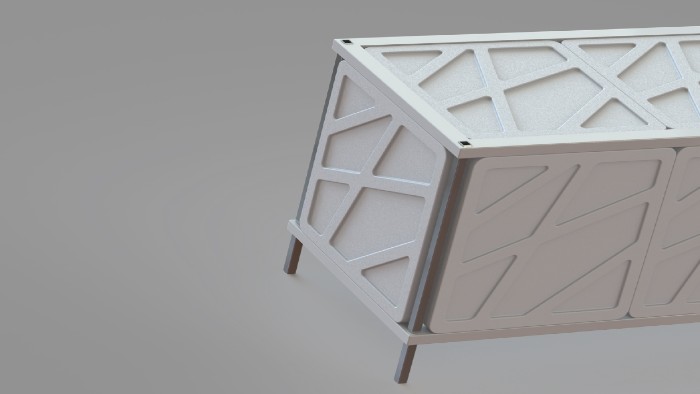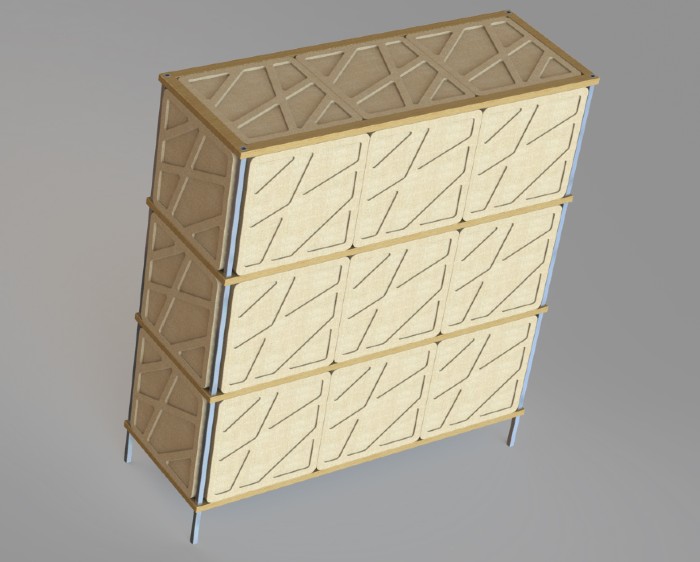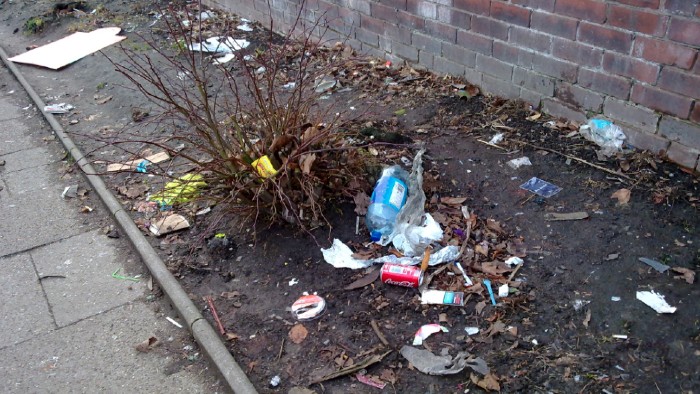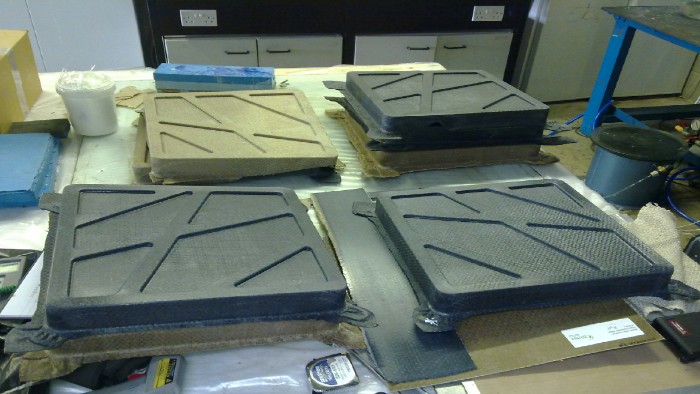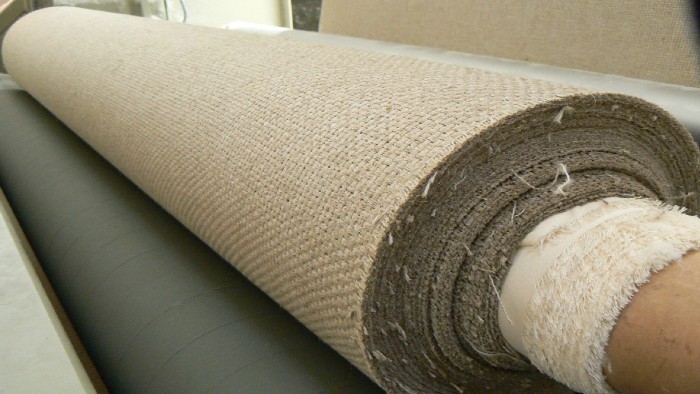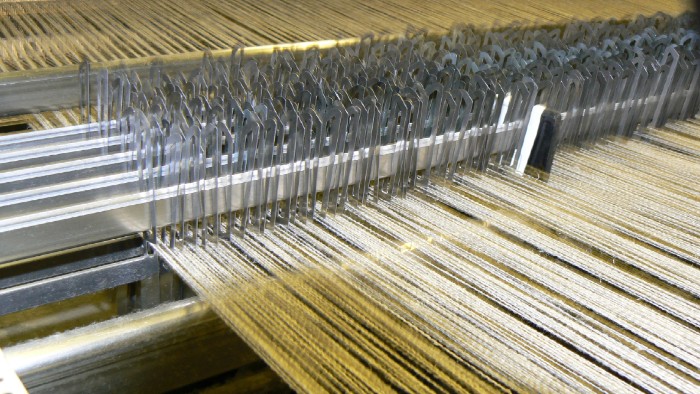Using innovative design and technologies to advance the use of biocomposite materials in the furniture industry.
EPSRC funded Engineering For Life Project
There is a growing demand for cleaner, greener products and product orientated environmental policy is growing rapidly in Europe and beyond. The issues of climate change and an increasing world population demands that more sustainable products be developed and made available to customers. Consequently there is a critical need for a richer and larger palette of sustainable materials (and their related processing techniques) to be developed and made available to designers and manufacturers.
This project seeks to establish whether modified bio-composite sheet materials made from renewable natural resources can be used as viable alternatives to compressed sheet and petrochemical based materials currently used in the production of furniture designs.
Given that the market for commercial furniture in Europe is worth £5bn per annum (OFFMA/BCFA Study 2008) and AMA Research shows that the UK office furniture market is worth around £670 million there are legitimate environmental and financial reasons for engaging in this research.
Fibre-reinforced composites - glass fibre, carbon fibre, natural fibres and Biotex
Traditional composite sheet materials are used in road and rail transport, aerospace and other structural applications. In contrast natural fibre composites are less well established. Natural fibres offer advantages over traditional reinforcing fibres, including low cost, high toughness and biodegradability. Biocomposites offer significant environmental gains, reduced energy consumption, lighter weight, insulation and sound absorption properties. They can also overcome the health hazards associated with VOC's and glass fibre.
The 'Biotex' product is supplied in the form of a flexible, woven fabric which can be shaped using hot compression moulding. The required layers of 'Biotex' are laid into a purpose designed tool or mould and then pressed under heat to form the shaped product.
The results of this project have been drawn together in the design and production of a range of biocompostible furniture entitled BioFurniture. BioFurniture has been exhibited in the UK and France with a solo exhibition at Coexistence as part of London design Festival 2014. Bateman is currently working to develop the range with Chesterfield based NetComposites and a leading European furniture manufacturer.
See the Biofurniture website for further information. BioFurniture at the London Design Festival 2013.
Download From Academy to Industry to User: Engaging Stakeholders in Sustainable Material Development. (PDF, 337.6KB)

